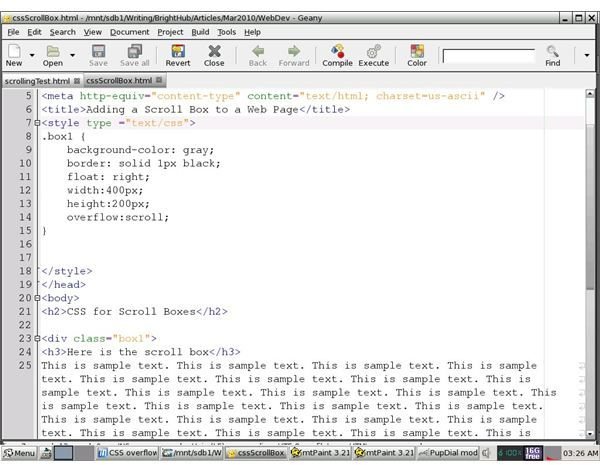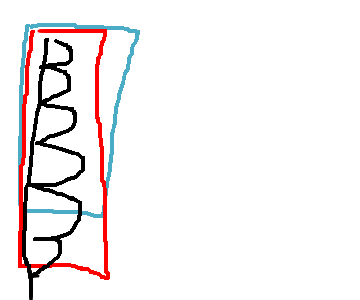

(It already looks bad for us on Windows and Linux!) The code If you’re on mac, this box will be empty until you click on one of the bookmarklets. Try it out on this page with the demo below: The bookmarklet is available in Polypane as a debug tool. This way you can quickly check a single page for scroll bars and move on. The scroll bars look 100% the same as the macOS scroll bars for horizontal, vertical and combined scroll bars, as well as supporting both dark and light mode so they’re a perfect representation of what you would see. Drag the bookmarklets to your bookmark bar to use them! The bookmarklet comes in two versions: One shows scroll bars for all elements with overflow: scroll, and the other one only shows scroll bars when they’re not needed: elements that don’t scroll but still have overflow: scroll applied to them. Show all overflow: scroll scroll bars Show unneeded scroll bars

#Overflow scrolling mac#
It renders scroll bars on your page just like your Mac would if it’s set to always show scroll bars. What if it was easier to detect visible scroll bars without having them enabled across your operating system? I wrote a little bookmarklet that does just that. There’s a reason Mac hides them! Emulating scroll bars …but then you’re left with ugly scroll bars just like the rest of us, which you probably don’t want. Go to System Preferences, then General and toggle “Show scroll bars” to “Always”. Windows and Linux always show you the scroll bars, but if you’re on Mac you have to change a setting to get them to show. Yep, if you have multiple elements with overflow:scroll, the scroll bars will just stack. If add an image to a LinkedIn post, you’re shown not one but two inactive scroll bars next to each other. Spotting the issueĭisabled scroll bars are easy to spot on Windows and Linux, because you’ll have rather ugly inactive scroll bars visible on the page, for example here in the LinkedIn post creator:Ī single scroll bar is not the worst that can happen.

Overflow: auto: Show a scroll bar when needed. Overflow: scroll: Always show a scroll bar. For that, you need overflow: auto, which lets a browser automatically determine if a scroll bar is needed - or not. In most situations however you probably only want to show a scroll bar if one is needed, and hide it when not (you know, like Mac). It may seem natural to add overflow: scroll to anything you want to be scrollable, but what it actually says is always show a scroll bar. But the actual culprit is developers using overflow: scroll when they mean overflow: auto. Often, MacOS hiding scroll bars by default is blamed for this (I know I’ve done that in the past). Either because someone points it out to them or because they attach a mouse to their mac which makes scroll bars appear. Every now and then a web developer using a Mac discovers that their beautiful design is littered with scroll bars on other platforms.


 0 kommentar(er)
0 kommentar(er)
